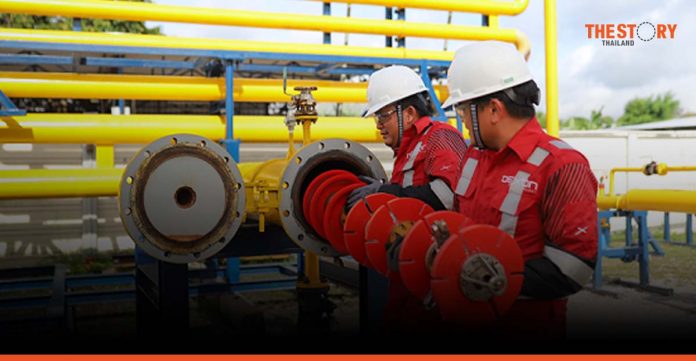The energy industry plays a crucial role in driving the global economy. It is responsible for supplying the world with the energy it needs to power homes, businesses, and industries. One of the key components of the energy industry is the transportation of oil and gas from production sites to consumers. This is typically done through a pipeline in the country and over the world.
However, transportation can be expensive, particularly if there are issues such as cracks in pipelines. Without regular inspection and maintenance, these problems can escalate and result in significant expenses. Additionally, such issues can also harm the environment. The energy sector must find ways to prevent failure and improve sustainability in industry.
What’s pipeline inspection?
Pipeline inspection is the process of evaluating the condition of pipelines and identifying any potential problems or issues that may affect their integrity and safety. Pipeline inspection is an essential part of the maintenance and operation of pipelines, which are used to transport oil, natural gas, and other products.
There are several methods used to inspect pipelines, including visual inspection, nondestructive testing (NDT), and advanced technology. Visual inspection involves trained personnel to physically inspect the pipeline and identify any visible problems or issues. Nondestructive testing (NDT) involves using specialized equipment to evaluate the condition of the pipeline without causing any damage.
In addition, there are advanced technologies, Magnetic Flux Leakage (MFL), a magnetic field is applied to the surface of the pipe, and sensors detect any leakage of the magnetic field caused by surface or subsurface defects. This method is often used to detect corrosion and other types of external and internal damage in pipelines. Ultrasonic testing (UT) uses high-frequency sound waves for inspection. The sound waves are transmitted through the pipe wall and reflected by any defects or changes in the material. This method is often used to detect corrosion, cracks, and other types of external and internal damage in pipelines.
Inspection of pipelines helps the energy sector transition to a green economy
Pipeline inspection can help ensure the safe and efficient transportation of oil and natural gas. With the increasing focus on sustainability and the transition to a green economy, it’s important to consider how pipeline inspection can support this effort.
One way that pipeline inspection can contribute to a green economy is by helping to prevent leaks and spills. These incidents not only have negative environmental impacts, but they can also result in costly cleanup and repair efforts. By regularly inspecting pipelines and identifying potential issues before they become major problems, energy companies can reduce the risk of spills and minimize their impact on the environment.
In addition to its environmental benefits, pipeline inspection can also help energy companies save money and improve efficiency. By identifying and repairing problems early, companies can avoid costly downtime and lost production. This can help reduce the overall cost of operations and increase profitability, which is particularly important in today’s challenging economic environment.
This inspection can also support energy companies to improve their reputation and build trust with stakeholders. By demonstrating a commitment to safety and environmental responsibility, companies can differentiate themselves in a crowded market and build trust with consumers, regulators, and other stakeholders.
Article by Mallika Kaekla, Chief Executive Officer – DEXON Technology Public Company Limited





